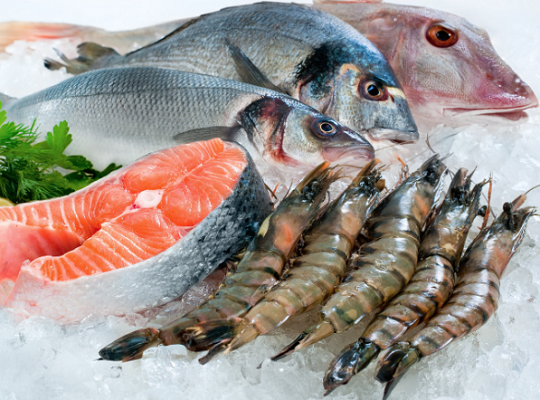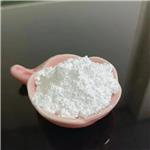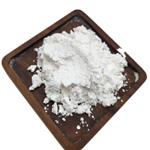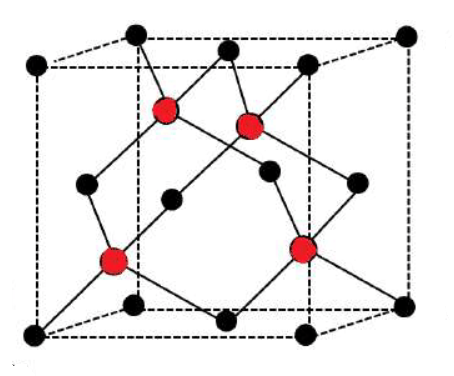Why is Sodium tripolyphosphate added to food?
Apr 3,2024
Sodium tripolyphosphate is an inorganic compound with the formula Na5P3O10 and the sodium salt of the polyphosphate penta-anion. It is used as a component of various domestic and industrial products, particularly detergents.
Uses
Sodium tripolyphosphate, STPP, is a chemical often used to soak seafood to appear more firm and glossy. It is also known as Penta sodium salt or triphosphoric acid. STPP is also an ingredient in detergents and soaps. Most gel, liquid, tablet, and powder forms of laundry and dishwasher detergent contain STPP.
STPP preserves seafood, meats, poultry, and animal feeds. It is common in food production as E number E451. In foods, STPP is used as an emulsifier and to retain moisture. Many governments regulate the quantities allowed in foods, as it can substantially increase the sale weight of seafood in particular.
Food Grade Sodium Tripolyphosphate is the secret weapon for making forced meat in minutes. Sodium tripolyphosphate is a phosphate salt that perfectly emulsifies meats by raising the pH of the meat. This allows the proteins to retain more water, enabling easier fat emulsion. Sodium tripolyphosphate also creates a stronger emulsion so that during and after the cooking process, the meat will not degrade and become mealy or greasy, resulting in a juicy, bouncy texture with a firm snap. Sodium tripolyphosphate may also be used to make cheese sauces. Other benefits of sodium tripolyphosphate are that it slows oxidation and helps preserve the meat for longer.
As a food, it is generally regarded as safe, but large ingested amounts of the product can be toxic.
In seafood
sodium tripolyphosphate is an additive, and it is used to make your seafood appear firmer, smoother, and glossier. Seafood manufacturers may soak your seafood in a quick chemical bath of STPP in order to achieve these effects. Some more commonly “soaked” seafood items include scallops, shrimp, and anything filleted that is flaky—like hake, sole, or imitation crab meat.

If seafood is soaked for too long in an STPP bath, it may absorb more water, which means you will pay more for the product by the pound because the excess water makes it weigh more. A product may have been “soaked” with STPP if a milky white liquid oozes from the fish as you cook it, and it may also deflate in size a bit.
In large quantities, STPP is a suspected neurotoxin, a registered pesticide, and a known air contaminant in California.
How can one steer clear of STPP? Ask at your market or fish shop if the scallops or shrimp you are being sold are “dry.” You can ask the same thing of waiters at seafood restaurants—they should understand the topic. (In industry-speak, “wet” fish means a product has been soaked in phosphates.) You can also check the labels of packaged products, which may list STPP as an ingredient.
- Related articles
- Related Qustion
- What Is the Usage of Sodium Tripolyphosphate? Sep 12, 2019
Sodium tripolyphosphate, also known as pentasodium triphosphate, pentasodium tripolyphosphate or sodium triphosphate, is used in a wide range of applications in the manufacture of cleaning products and food preservatives as well as in water
1,7-Dimethylxanthine is a naturally occurring alkaloid compound that can enhance alertness and reduce drowsiness.....
Feb 27,2025APICadmium telluride (CdTe) is a stable crystalline compound formed from cadmium and tellurium. It is mainly used as the semiconducting material in cadmium telluride photovoltaics and an infrared optical window.....
Apr 3,2024Inorganic chemistrySodium tripolyphosphate
7758-29-4You may like
- Recent research advances of tin(II) fluoride
Apr 18, 2025
- Tetraethylammonium bromide: properties and toxicity
Apr 7, 2025
- Synthesis of hafnium oxide nanomaterials
Feb 19, 2025
Sodium tripolyphosphate manufacturers
- Sodium Tripolyphosphate (STPP)
-

- $3.60 / 1kg
- 2025-04-24
- CAS:7758-29-4
- Min. Order: 1kg
- Purity: ≥98%
- Supply Ability: 3000tons/month
- Sodium tripolyphosphate
-

- $0.00 / 1KG
- 2025-04-24
- CAS:7758-29-4
- Min. Order: 1KG
- Purity: 98%min
- Supply Ability: 30tons/month
- Sodium tripolyphosphate
-

- $980.00/ kg
- 2025-04-23
- CAS:7758-29-4
- Min. Order: 1kg
- Purity: 99%
- Supply Ability: 5000






